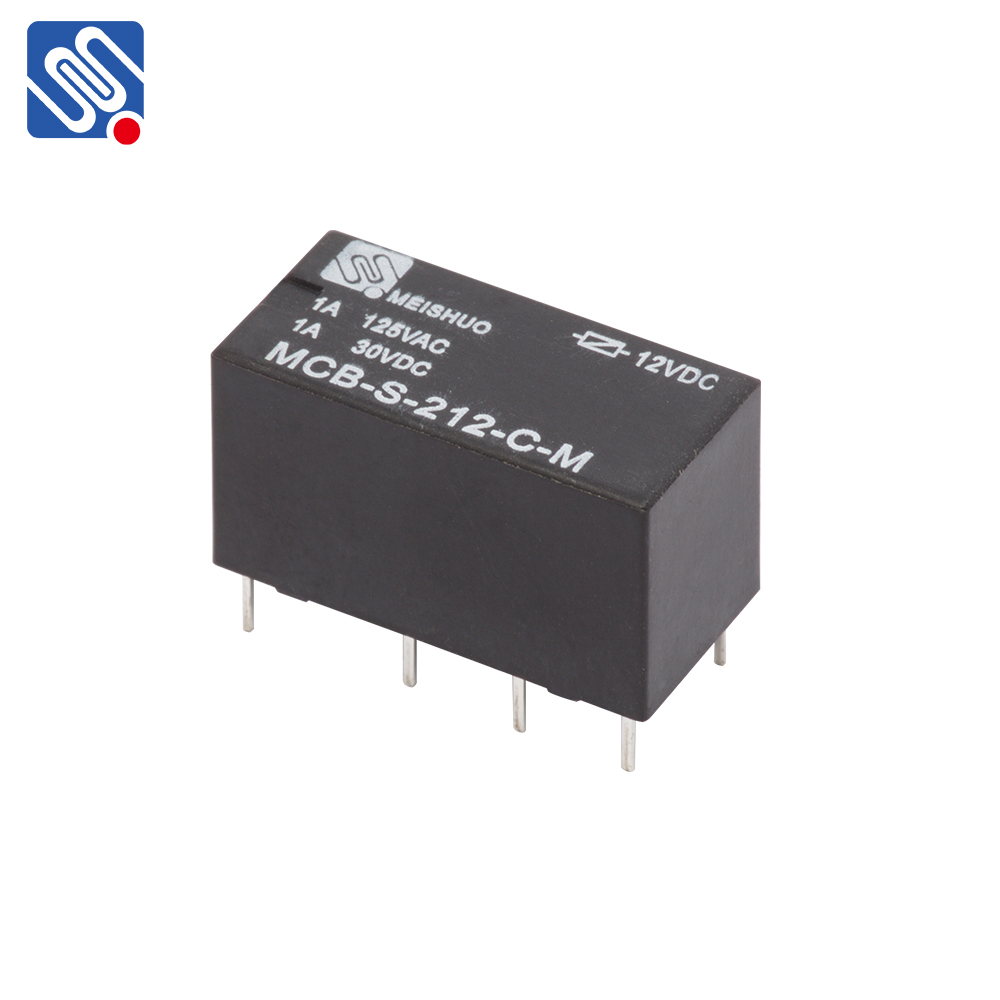understanding relay signals: the backbone of control systems
Release time:2025-10-27 13:13:51
Relay signals are an essential aspect of modern control systems, providing a means for transmitting and controlling electrical signals. They play a significant role in a wide range of industries, from industrial automation to telecommunication systems. The use of relay signals has become increasingly important in ensuring efficient signal transmission, electrical isolation, and control within complex electrical systems.

What are Relay Signals?
Relay signals refer to electrical signals that are transmitted and controlled by a relay—a type of electrical switch that uses an electromagnet to control the opening and closing of a circuit. When a small current flows through the relay’s coil, it generates a magnetic field that either opens or closes the contacts within the relay. This, in turn, controls the flow of electrical current or signals in a separate circuit.
Relays are used for various purposes, including switching high-power devices with low-power signals, isolating parts of the circuit to prevent interference, and enabling automation in electrical systems. The main advantage of using relay signals is their ability to handle high-voltage or high-current loads without requiring direct interaction with delicate control circuits.

